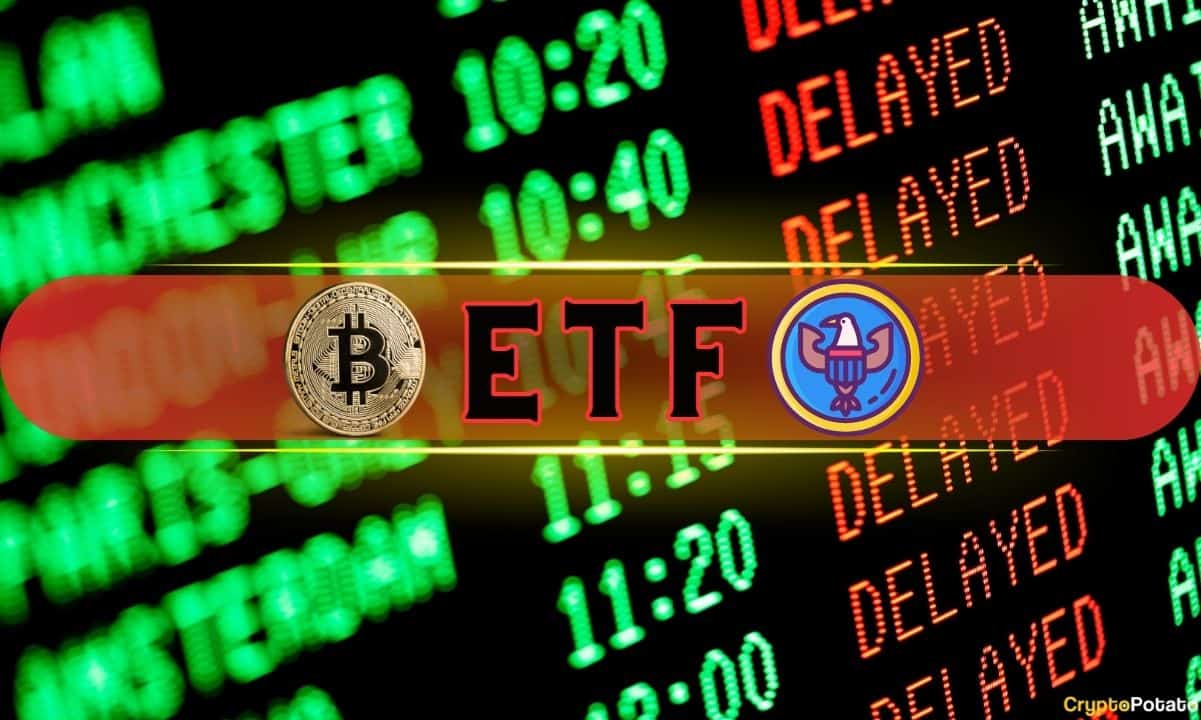With millions of mints and $122 million in trading volume, Base has quietly emerged as a go-to platform for Web3 creators.
Coinbase’s Layer-2 network, Base, has become one of the most active blockchain ecosystems by NFT trading volume, surpassing Solana and Abstract.
DappRadar’s blockchain analyst Sara Gherghelas said in a recent research report that Base has become a popular place for creators, thanks to cheap mints, creator-friendly tools, and “speculation around a potential airdrop.”
“Base NFTs hit $122M in trading volume and 6.7M sales in 2025, with June marking a breakout moment (+336% MoM volume),” Gherghelas noted.
The surge has been fueled by top collections such as DX Terminal, Onchain Gaias, Oracle Patron, Based Punks, and Get Based, blending retro-futuristic art, interactive gameplay, and, in the case of Onchain Gaias, the ability for holders to train AI-enabled agents across Web3 ecosystems.
Behind the Numbers
The main driver behind Base’s NFT boom is Zora, an open-source NFT protocol that lets creators launch low-cost NFTs and drops on Base for less than one U.S. dollar, while also offering an ERC-20 layer for creator tokens.
“Since July alone, Zora on Base has recorded 1.6 million tokens minted, generating $470 million in trading volume and $3.4 million in creator royalties,” Gherghelas wrote.
Data from DefiLlama shows that starting in July, Zora’s revenue jumped to $4.7 million, marking a more than 312,000% increase compared to Q4 2024. On the marketplace front, OpenSea has emerged as the leader on Base, with Gherghelas attributing this to the fact that the marketplace was an early Base supporter.
Amid the recent uptick in NFT activity, OpenSea has overtaken Blur over the past 90 days, with trading volume of $389 million, compared to Blur’s $312 million, according to Token Terminal.
Source: https://thedefiant.io/news/nfts-and-web3/base-overtakes-solana-in-nft-volume-as-zora-drives-minting-frenzy


